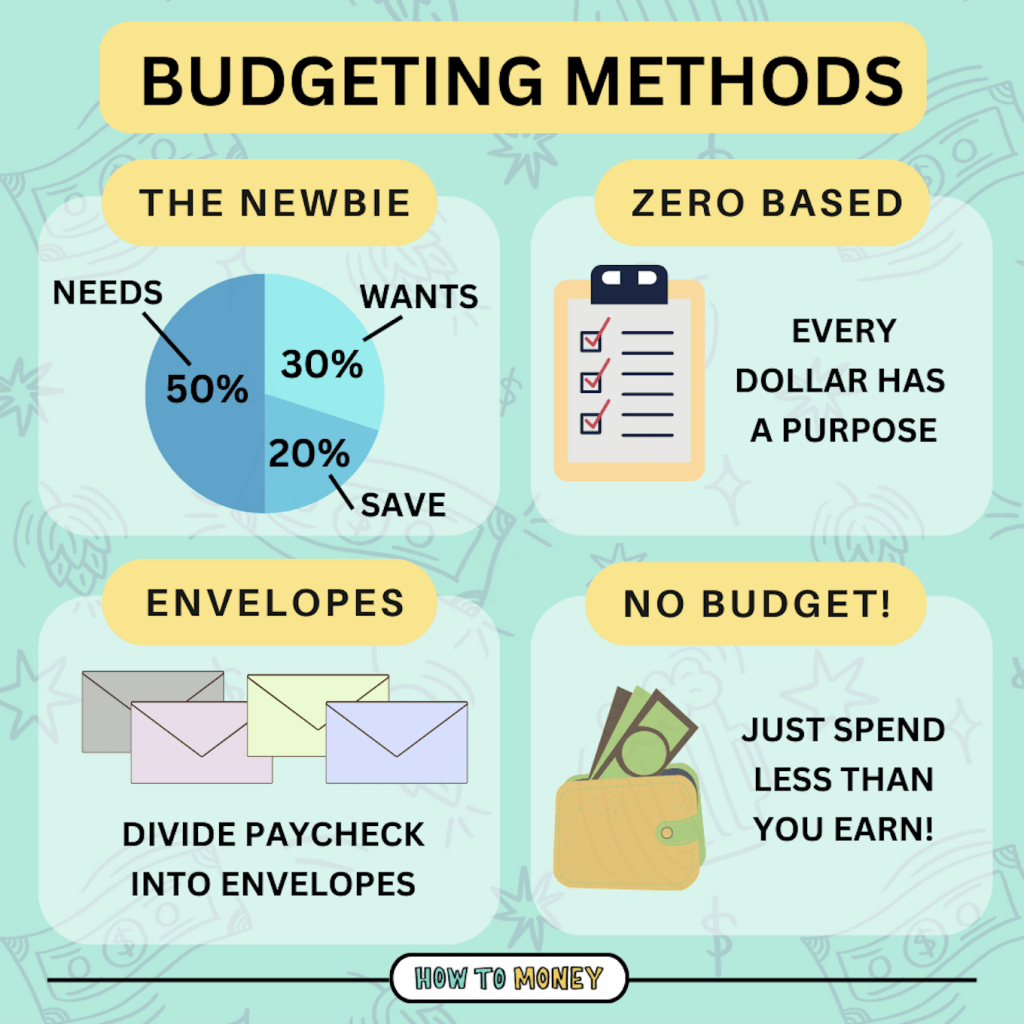
Finance Flashcards: Your Pocket-Sized Guide to Financial Literacy on Instagram
In today’s fast-paced digital world, learning about finance doesn’t have to be dull or intimidating. Thanks to the power of social media, bite-sized financial education is now at your fingertips, especially on platforms like Instagram. Finance flashcard carousels have emerged as a popular and engaging way to boost your financial literacy, one swipe at a time.
The Rise of Finance Education on Instagram
Instagram, traditionally known for its visual content, has evolved into a hub for diverse educational content. Financial experts, influencers, and organizations are leveraging the platform’s carousel feature to create visually appealing and easily digestible flashcards. These flashcards cover a wide range of financial topics, from basic budgeting and saving tips to more complex concepts like investing and retirement planning.
Why Finance Flashcard Carousels Work
The popularity of finance flashcard carousels can be attributed to several factors:
- Accessibility: Instagram is a widely used platform, making financial education accessible to a broad audience.
- Bite-Sized Learning: Flashcards break down complex topics into smaller, manageable pieces of information.
- Visual Appeal: Eye-catching designs and graphics make learning more engaging and memorable.
- Convenience: Users can learn at their own pace, swiping through carousels whenever they have a few spare minutes.
- Interactive: Many creators include quizzes, polls, and Q&A sessions to encourage audience participation.
- Shareability: Users can easily share valuable flashcards with friends and family, spreading financial knowledge.
Topics Covered in Finance Flashcard Carousels
Finance flashcard carousels cover a vast array of topics, catering to different levels of financial knowledge. Some common themes include:
-
Budgeting and Saving:
- Creating a budget
- Tracking expenses
- Setting financial goals
- Building an emergency fund
- Saving for specific purchases (e.g., a house, a car)
- The importance of compound interest
-
Debt Management:
- Understanding different types of debt (e.g., credit card debt, student loans)
- Strategies for paying off debt
- Debt consolidation
- Avoiding debt traps
-
Investing:
- Introduction to stocks, bonds, and mutual funds
- Understanding risk tolerance
- Diversification
- Long-term investing strategies
- Retirement planning (401(k)s, IRAs)
- Real estate investing
-
Credit Scores:
- What is a credit score and why is it important?
- Factors that affect your credit score
- How to improve your credit score
- Checking your credit report
-
Insurance:
- Different types of insurance (e.g., health, life, auto, home)
- Understanding insurance policies
- Choosing the right coverage
-
Taxes:
- Basic tax concepts
- Tax deductions and credits
- Filing taxes
-
Financial Planning:
- Setting financial goals
- Creating a financial plan
- Working with a financial advisor
Benefits of Using Finance Flashcard Carousels
- Improved Financial Literacy: Flashcards help you understand essential financial concepts, empowering you to make informed decisions.
- Better Money Management: Learning about budgeting, saving, and debt management can lead to better financial habits.
- Increased Confidence: As you gain knowledge, you’ll feel more confident in managing your finances.
- Achieving Financial Goals: Flashcards can provide the motivation and guidance you need to achieve your financial goals, whether it’s buying a home, paying off debt, or retiring comfortably.
- Avoiding Financial Mistakes: Understanding common financial pitfalls can help you avoid costly mistakes.
- Empowerment: Financial knowledge is empowering. It allows you to take control of your financial future and make choices that align with your values and goals.
Finding the Right Finance Flashcard Accounts
With the growing popularity of finance flashcards, it’s essential to find reliable and trustworthy sources. Here are some tips for choosing the right accounts to follow:
- Look for Credible Experts: Seek out accounts run by certified financial planners, financial advisors, or individuals with relevant financial expertise.
- Check for Accuracy: Ensure that the information presented is accurate and up-to-date. Cross-reference information with other reputable sources.
- Read Reviews and Testimonials: See what other users are saying about the account. Positive reviews and testimonials can be a good indicator of quality.
- Assess the Content Style: Choose accounts that present information in a clear, concise, and engaging manner.
- Consider Your Needs: Look for accounts that cover topics relevant to your financial goals and interests.
- Check for Disclaimers: Reputable accounts should have disclaimers stating that the information provided is for educational purposes only and not financial advice.
Examples of Finance Flashcard Accounts on Instagram
While I cannot give specific account names (as that might be seen as promotion), you can find many great accounts by searching keywords like:
- "Finance flashcards"
- "Financial literacy"
- "Investing for beginners"
- "Budgeting tips"
- "Personal finance"
Tips for Maximizing Your Learning
- Follow a Variety of Accounts: Get diverse perspectives and cover a wider range of topics.
- Engage with the Content: Like, comment, and share flashcards that you find helpful.
- Take Notes: Write down key takeaways from each carousel to reinforce your learning.
- Ask Questions: Don’t hesitate to ask questions in the comments section or through direct messages.
- Apply What You Learn: The most important step is to apply what you learn to your own financial situation.
- Be Consistent: Make it a habit to regularly review finance flashcards to stay informed and motivated.
- Supplement with Other Resources: Use flashcards as a starting point and supplement your learning with books, articles, and online courses.
Limitations and Cautions
While finance flashcard carousels are a valuable tool, it’s important to be aware of their limitations:
- Not a Substitute for Professional Advice: Flashcards provide general information but should not be considered a substitute for personalized financial advice from a qualified professional.
- Potential for Misinformation: Not all accounts are created equal. Be critical of the information you encounter and verify it with other sources.
- Oversimplification: Flashcards may oversimplify complex topics, so it’s essential to delve deeper into areas that interest you.
- Information Overload: Don’t try to learn everything at once. Focus on one topic at a time and gradually build your knowledge.
The Future of Finance Education on Instagram
Finance flashcard carousels are likely to become even more popular as social media continues to play a larger role in education. We can expect to see:
- More Interactive Content: Increased use of quizzes, polls, and live Q&A sessions to engage audiences.
- Personalized Learning: AI-powered platforms that tailor content to individual needs and interests.
- Integration with Financial Tools: Links to budgeting apps, investment platforms, and other financial resources.
- Collaboration with Influencers: More collaborations between financial experts and social media influencers to reach a wider audience.
Conclusion
Finance flashcard carousels on Instagram offer a convenient, engaging, and accessible way to improve your financial literacy. By following reputable accounts, engaging with the content, and applying what you learn, you can take control of your finances and achieve your financial goals. Remember to use flashcards as a starting point and supplement your learning with other resources, and always seek professional advice when needed. So, start swiping and unlock your financial potential today!


